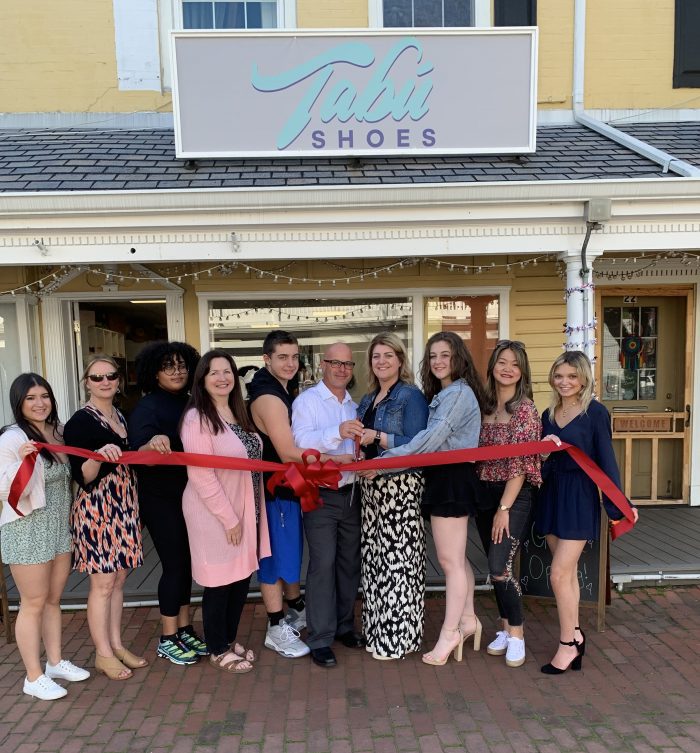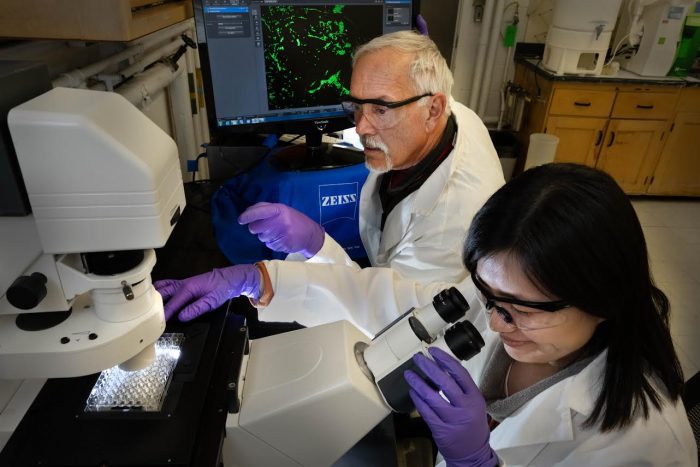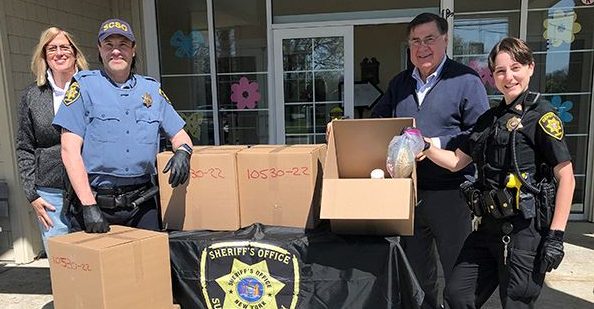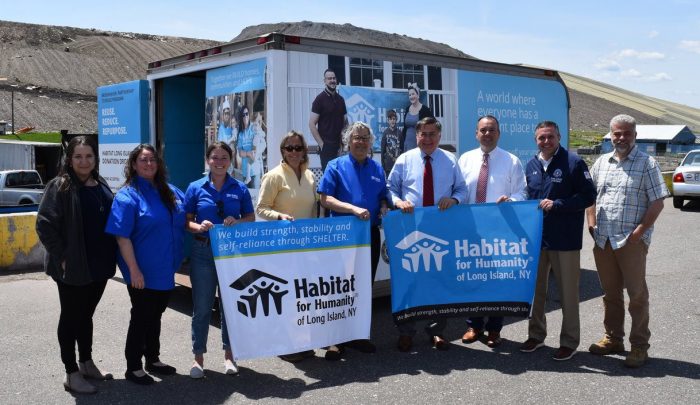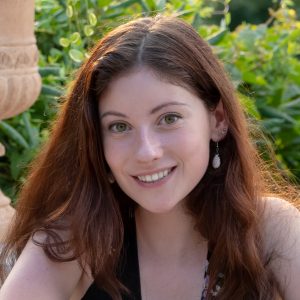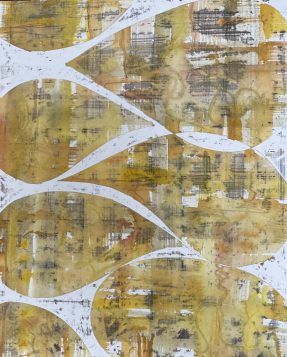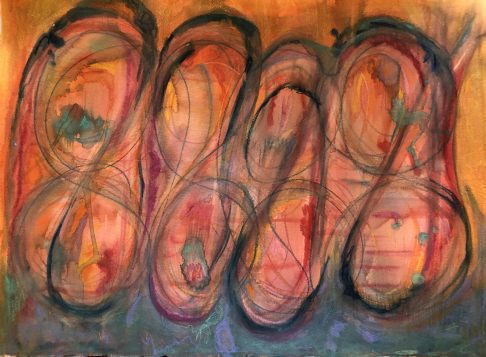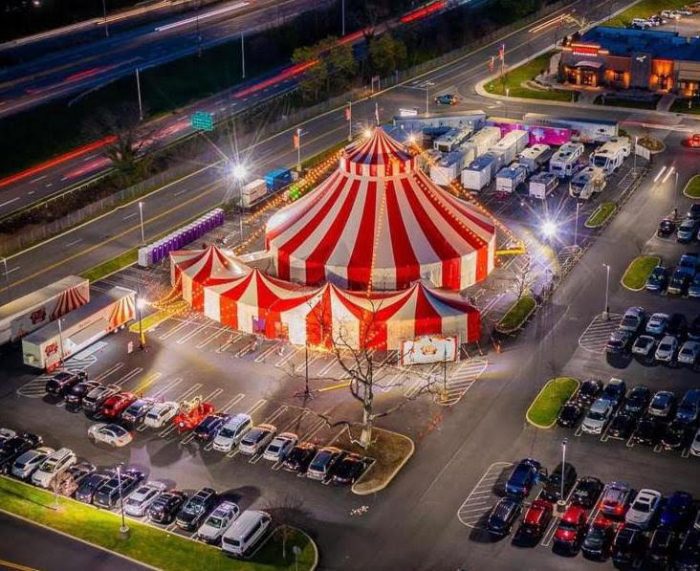By Heidi Sutton
The Winner’s Circle. It is a title only associated with the best of the best. And now the best of the best will be showcased at Gallery North’s latest exhibition celebrating the award-winning artists of the 2021 Outdoor Art Show and Music Festival and the 2020 Carmela Kolman Fellowship program. The show opens on May 26 with an artist reception from 6 to 8 p.m.

Ned Puchner, Executive Director at Gallery North, is excited to introduce the exhibit. “The Winner’s Circle exhibition is a crucial part of how Gallery North promotes local artists and celebrates the artistic excellence within our region. Each one of these artists possesses an outstanding talent and should be acknowledged for the amazing work they contribute to our creative community,” he said.
The exhibition features over 50 works of art from recipients of the Best in Show award and best in categories including wood craft, fiber art, glass art, jewelry, painting, photography, and pottery from the Festival which took place last September. “Each artist submitted a selection of 10 to 15 examples of their work for our Curator, Kate Schwarting, to consider for our show at Gallery North,” said Puchner.
The 2021 festival judges, including Karen Levitov, Director and Curator of the Paul W. Zuccaire Gallery at the Staller Center for the Arts at Stony Brook University; Lorraine Walsh, Art Director of the Simons Center for Geometry and Physics at Stony Brook University; and contemporary artist, Nancy Bueti-Randall evaluated over 90 exhibitors to present the 13 available awards. “They were given a herculean task and did an outstanding job,” said Puchner.
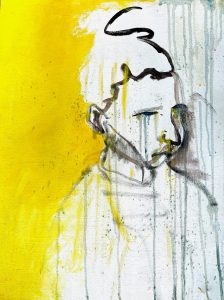
“Each artist was evaluated for the excellence of their work, as well as how their approach transcended the specifics of their chosen medium to present works that conveyed the artist’s passion for what they do,” he explained.
The Winner’s Circle includes artists Chloe Wang (Best in Show); Scott Hartman (Outstanding Work on Paper-Watercolor); William Low (Outstanding Painting in Oil and Acrylic); Gail Applebaum/Studio 2 Productions (Outstanding Glass Art); Michael Josiah (Outstanding Wood Craft); Bebe Federmann (Outstanding Ceramics and Pottery); Jessica Randall (Outstanding Jewelry); Madison Muehl (Outstanding Photography); Kate Ackerman (Outstanding Fiber Art); Cassandra Voulo, Eric Giles, Marlene Weinstein (Honorable Mentions), and Carmela Kolman Fellow, Meagan Flaherty.
The Carmela Kolman Fellowship in Fine Art Program recognizes one exceptional artist annually who embodies the character and creativity of Carmela Kolman, an outstanding artist and member of the Gallery North community.
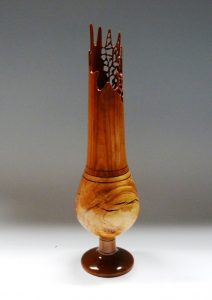
“There is a wealth of artistic talent in our Winner’s Circle exhibition,” said Puchner, “from the superb jewelry of Jessica Randall, to the breathtaking pottery of Bebe Federmann and Eric Giles’ fascinating, offbeat sculpture, to Chloe Wang’s jewel-like paintings. Having a reputation as one of Long Island’s longest, continuously-running art festivals, the Outdoor Art Show and Music Festival is really unique for the ways in which it attracts excellent artists across every medium from all over Suffolk and Nassau County. And Gallery North has done the Festival for over 55 years! Please join us for this wonderful exhibition and support your creative community!”
Gallery North is located at 90 North Country Road in Setauket. Generously sponsored by Jefferson’s Ferry, bld Architecture, and Suffolk County’s Department of Economic Development and Planning, The Winner’s Circle will be on view from May 26 to July 3 from Wednesday to Saturday, 11 a.m. to 5 p.m., and Sunday from 1 to 5 p.m. All works in the exhibition are for sale.
For more information, please call 631-751-2676 or visit www.gallerynorth.org.



